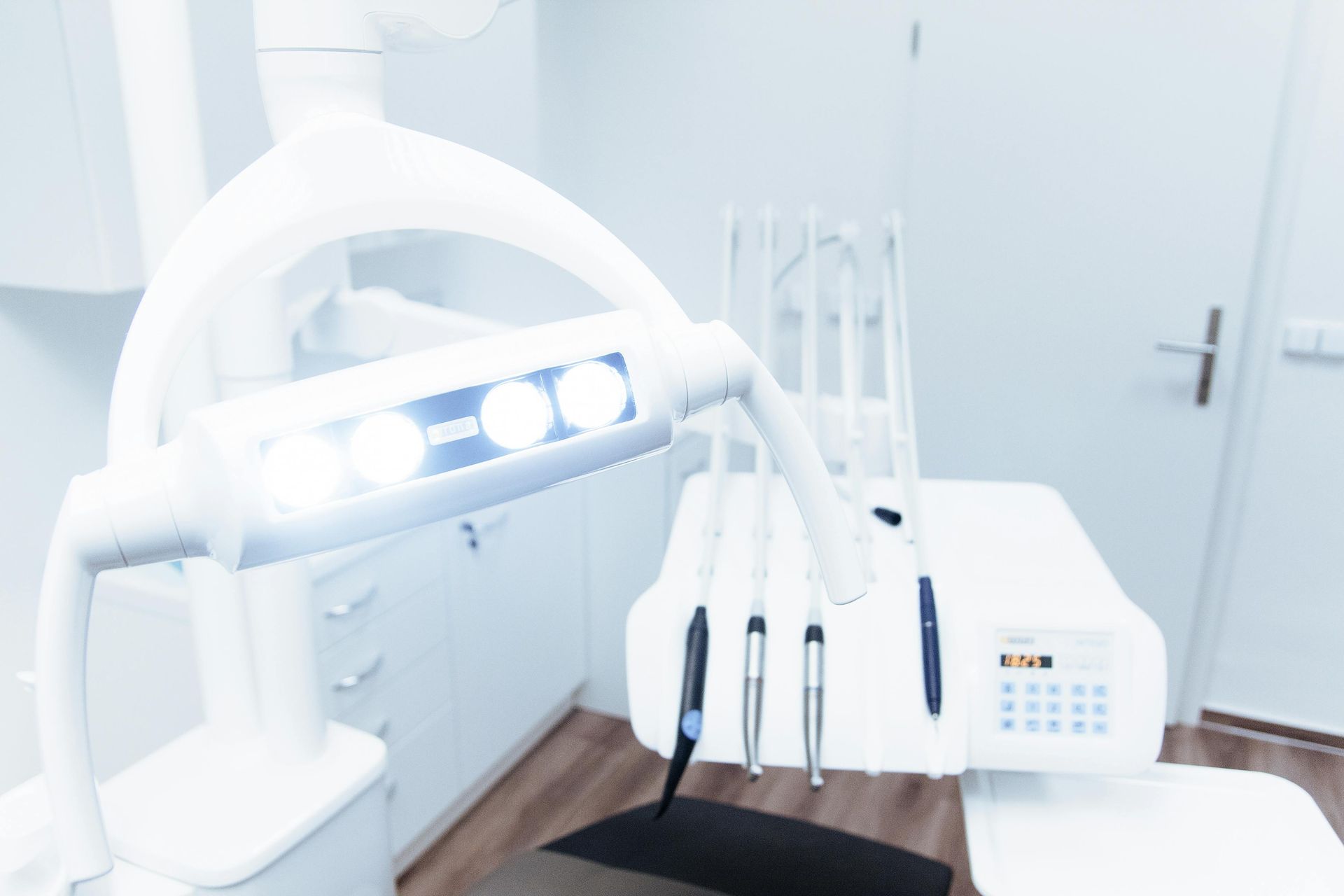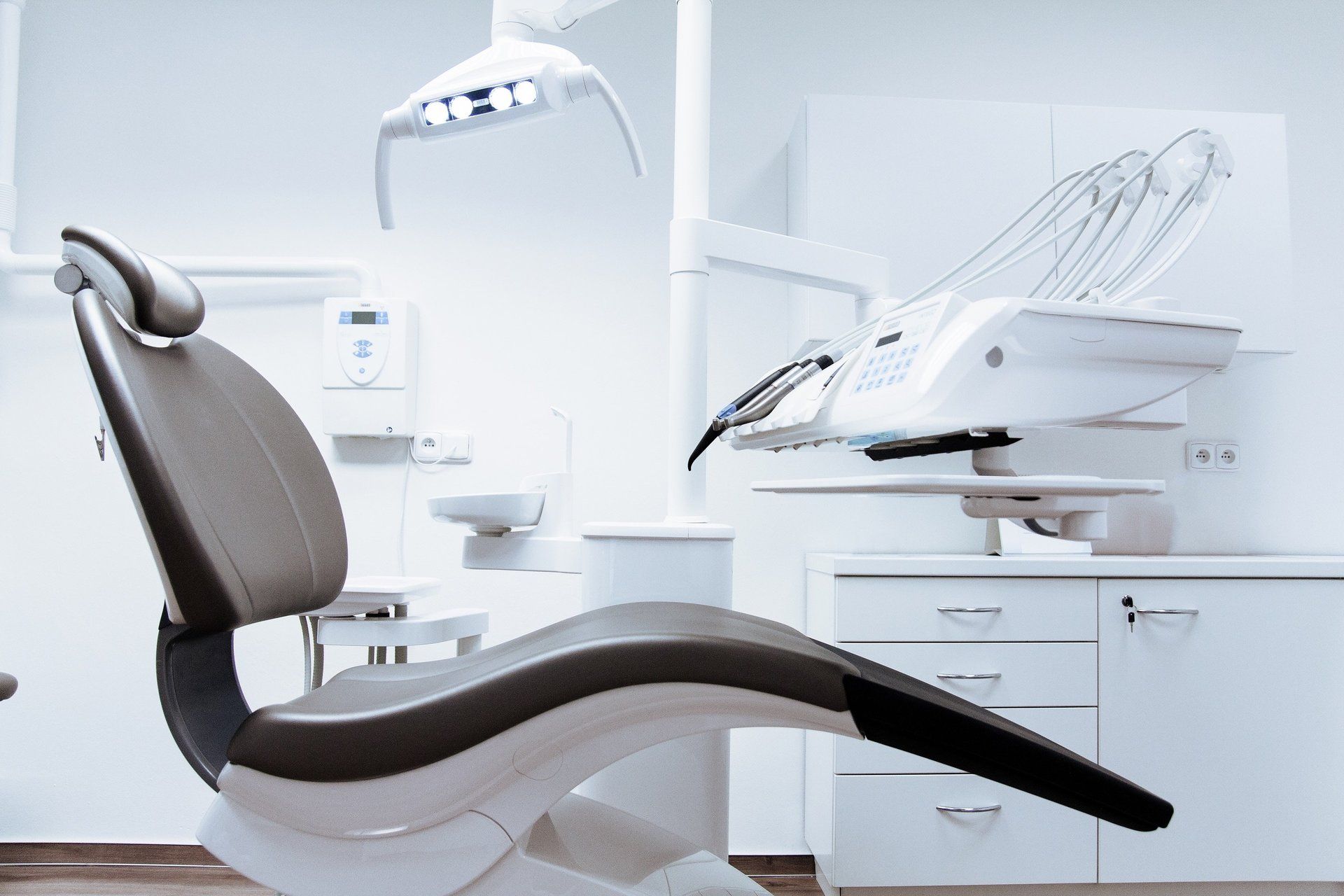How do I correct a gummy smile?
A person’s smile is one of the features that someone first notices when they look at you; if you're not completely happy with your smile, it can make you self-conscious. You may even avoid smiling as often as you would like to. There are many people who feel that their smile is too “gummy-” does that sound like you? If so, you're not alone, and better yet, there are many different ways to fix this issue.
What is a gummy smile?
A gummy smile occurs when someone has some excessive gum tissue that is very apparent when they smile. What exactly constitutes a gummy smile is relatively subjective, since everyone has their own opinion about what they would like their smile to look like. From a dentist’s perspective, research has shown that an ideal smile has 2mm or less of gum tissue showing. If a person has more than 3mm of gum tissue that shows when they smile, they are considered to have a gummy smile.
Is a gummy smile a medical concern?
Gummy smiles are perfectly normal and are not a medical condition. Procedures to remedy this issue are considered cosmetic treatments. However, there are many men and women who want to feel more confident with their smile and they turn to their dentist to find ways to remedy their excessive gum tissue.
How to correct a gummy smile.
There are both surgical and non-surgical treatment options for excessive gum tissue and the best treatment option for you will depend on the amount of extra gum tissue that you have. If you have a smaller amount of excessive tissue, there are non-surgical options that can be considered for treatment, but for those who have a fairly severe case, surgery may be the only real option.
Veneers
One of the treatment options for a gummy smile will be to get veneers. Your dentist will take a mold of your teeth and once the veneers have been created, your dentist will put them on your teeth. They will be positioned in a way to give you the perfect smile you have been looking for. Only a very skilled dentist will be able to reduce the appearance of your gums with carefully positioned veneers.
Botox
Botox is another option and during this procedure, Botox will be injected above your upper lip in order to prevent it from lifting up when you smile. This procedure is a popular option since there is no downtime, and the procedure is very safe and can be done quickly. However, Botox is not a permanent solution to a gummy smile and you will need treatment every six months or so in order to maintain results.
Lip repositioning
A third option is to have lip repositioning surgery since it limits how the upper lip moves and it can cover some of the excessive gum tissue. This procedure requires local anesthesia and the surgery takes about 30-45 minutes to complete. People may experience some minor bruising or swelling after the procedure, but that will go away pretty quickly.
Laser treatment
A final option is to have laser or scalpel gum gingivestomy. During this procedure, the dentist will use either a laser or a scalpel and will cut away the excessive gum tissue. Although this procedure sounds the most intense, it is not as painful as it seems. This procedure requires local anesthesia and afterwards, people can resume their normal daily activities. Some people will notice that their gum tissue grows back within a few months and if this occurs, a repeat procedure will be required.
If you are feeling self-conscious about your gummy smile, talk to your dentist and find out what treatment option will be best for you.











